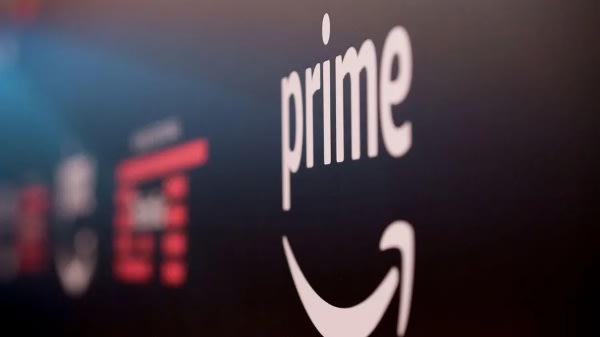Introduction
Amazon has agreed to a $2.5 billion settlement with the U.S. Federal Trade Commission (FTC) to resolve allegations that the company had intentionally enticed customers to sign up for Prime before then subjecting them to a complex cancellation process. From the $2.5 billion settlement, $1 billion will be paid as a civil penalty whilst the remaining $1.5 billion will be returned to consumers who were wrongly charged.
The case, which began trial in Seattle this September, marks the most significant civil penalty in the FTC’s history for a rule violation. It sets a precedent for how subscription businesses must handle transparency and cancellation in the future.
Why It Matters
The crux of the issue is trust in Prime, a service that underpins much of Amazon’s revenue and customer loyalty.
The FTC accused Amazon of using design tricks that nudged customers into paying for Prime without full and informed consent then making cancellation unnecessarily complex. According to filings, internal Amazon documents even described the process as “an unspoken cancer”.
The settlement is a warning shot to every company that relies on auto-renewals or recurring charges. Regulators are now watching not just what you sell, but how you sell it.
Commercial Impact
For Amazon, the immediate hit is financial: $1.5 billion will be returned to customers, many of whom will automatically receive refunds capped at $51. In contrast, others who struggled to cancel will be able to file claims. Simultaneously, the company must pay a $1 billion civil penalty. While Amazon’s scale makes these numbers manageable, the reputational damage could prove more costly.
The settlement also requires Amazon to overhaul its Prime service. In the future, customers must see: (1) a clear “Decline Prime” option at checkout, (2) subscription terms displayed upfront, and (3) a cancellation process as simple as the sign-up. These changes may temporarily slow down Prime's growth, but they could also strengthen long-term trust among consumers who have grown wary of being trapped in recurring charges.
More broadly, the deal sends a signal across the subscription economy. From streaming services to SaaS platforms, any business that relies on auto-renewals or complex cancellation paths now faces heightened regulatory risk. The cost of non-compliance is no longer just financial penalties; it’s the erosion of customer confidence in a model that depends on loyalty and retention.
How Legal Teams Get Involved
Now that the settlement has been finalised, Amazon’s legal teams are pivoting from defending the case to delivering on the FTC’s terms. That means several departments will stay deeply involved:
- Compliance & Regulatory Teams will coordinate directly with the FTC, ensuring that reporting requirements are met and that independent monitoring is implemented. They will also be responsible for auditing Prime’s new user flows to guarantee they meet consumer protection standards.
- Payments & Consumer Redress Teams will oversee the mechanics of returning $1.5 billion to customers. This includes collaborating with finance and operations to establish refund systems, define eligibility criteria, and address any disputes that may arise during the claims process.
- Product Counsel must work closely with Amazon’s engineers and UX designers to redesign the Prime sign-up and cancellation processes. Their job is to ensure no “dark patterns” resurface, and that every disclosure is legally watertight.
- Litigation & Risk Teams remain on hand to manage any follow-on lawsuits from consumers or shareholders who contend the settlement falls short or raise new claims now that the FTC has established a precedent.
Future Outlook
Amazon now has to deliver not just the payments, but a meaningful redesign of how Prime works. Failure could lead to further enforcement action by the FTC or lawsuits.
For other subscription-based businesses, this is a clear sign that friction in cancellation = legal risk. Expect to see companies pre-emptively simplifying their processes in response.
However, this isn’t the end of Amazon’s regulatory battles. The FTC’s larger antitrust case against Amazon is scheduled to be heard in 2027, and lessons from this settlement are likely to inform how that case unfolds.
